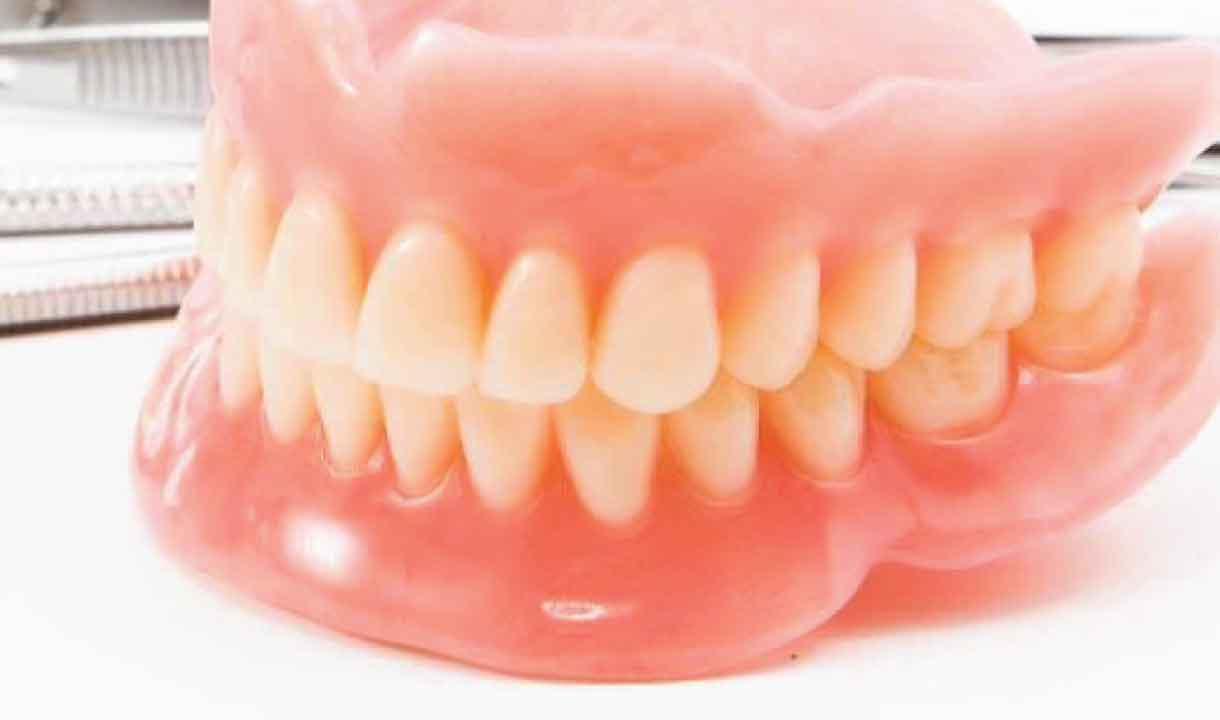With the loss of teeth due to different reasons in the mouth, chewing, speaking, etc. Artificial materials applied to regain functions are called prostheses. In general, tooth and bone loss occurs as a result of not treating gum diseases.

Fixed Prosthesis
Adhesive prostheses such as crowns and bridges that the patient does not remove himself. It is one of the types of prosthesis that cannot be removed and re-attached by sticking with a special material. Fixed prostheses vary according to the materials used in their construction; such as metal-supported crown-bridges, zircon-based crown-bridges, lamina veneers, full ceramic crowns.
Metal Supported Crown-Bridges
For many years, precious or worthless metal alloys were used to support porcelain in porcelain crowns, and these were called metal-supported porcelain coatings. Today, with the developments in aesthetic dentistry, expectations have increased and metal supported veneers have been replaced by porcelain crowns supported by substructures such as reinforced porcelain and zirconium.
Full Ceramic Crowns
They are made of reinforced porcelain. They create a natural tooth appearance with their reaction to light. They reveal depth and vitality in the tooth. Porcelain crowns without metal support (also known as full ceramic porcelains) provide more natural results in terms of depth and vitality due to their light transmission properties.
Removable Prostheses
The prosthesis types that are put on and removed when desired by the patients and need daily care are called removable prostheses. Removable prosthesis should be made in case of total tooth deficiency or partial tooth deficiency and fixed treatment cannot be applied with other methods. Thanks to the semi-transparent nature of its material, the prosthesis adapts to the patient's own teeth and soft tissues and becomes almost invisible in the mouth. The patient can sense the temperature of the food.
